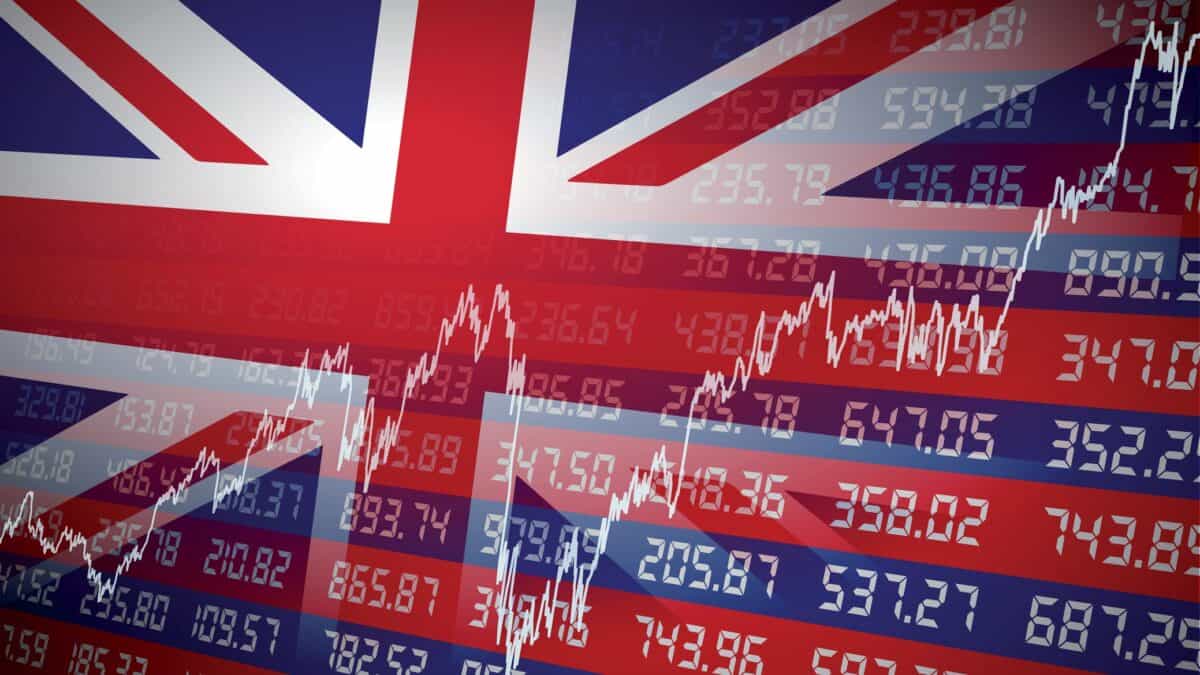The Bank of Japan has renewed its pledge to keep bond yields at zero, sending the yen lower and widening the policy gap with other central banks that have raised interest rates to tame inflation.
The BoJ’s decision to stick to its ultra-loose monetary policy exacerbates a global divergence in yields after the Federal Reserve raised its main interest rate by 0.75 percentage points this week, prompting Switzerland and the UK to also increase rates.
The BoJ on Friday kept overnight interest rates at minus 0.1 per cent. It said it would conduct daily purchases of 10-year bonds at a yield of 0.25 per cent, showing no willingness to let bonds trade in a wider band.
The decision triggered a sharp dip in the yen to ¥134.63 against the dollar, extending what has been a phase of exceptionally volatile trading.
The yen’s recent plunge to historic lows against the dollar has placed the central bank in an awkward position ahead of elections for Japan’s upper house of parliament in July.
The BoJ believes that underlying demand in the economy remains too weak to tighten monetary policy. But the soaring price of imported goods has upset the public and is likely to feature prominently during the campaign.
Core consumer prices, which exclude volatile food prices, have risen at their fastest pace in seven years, hitting the BoJ’s target with growth of 2.1 per cent in April.
But there has almost been no follow-on from rising prices to higher wages. That has made the BoJ more confident than its counterparts in Europe and the US that the current bout of inflation will be transitory and that it needs to continue supporting the economy with monetary easing measures.
The BoJ made an unusual and carefully worded reference to the currency. “It is necessary to pay due attention to developments in financial and foreign exchange markets and their impact on Japan’s economic activity and prices,” it said.
At a news conference, BoJ governor Haruhiko Kuroda did not repeat previous remarks that the weaker yen was broadly positive for the economy. “It is desirable for foreign exchange rates to reflect economic fundamentals and to move in a stable manner. The recent sharp depreciation of the yen is negative for the economy,” he said.
Some analysts had forecast that Kuroda might seek to address the recent plunge in the yen by tweaking policy. When that did not happen, traders in Tokyo said the yen may have further to fall.
Benjamin Shatil, a foreign exchange strategist at JPMorgan, said the decision showed the BoJ was “digging its heels in once again” but the central bank appeared to harden its tone slightly by saying it would pay attention to developments in financial and foreign exchange markets.
The implication for the yen, he said, is that a move into the high ¥130s against the dollar is now in plan sight and could even hit ¥140.
“With the BoJ apparently impervious to the wave of hawkish global central bank capitulation, unconcerned about broadening imported price pressures in Japan, and apparently willing to purchase the entire stock of [10-year Japanese government bonds] if necessary to preserve yield curve control, pain for the yen looks set to go from acute to chronic,” he said.
Tetsufumi Yamakawa, head of Japan economic research at Barclays, said he expected the BoJ to revise its YCC framework as early as July if the yen weakened more dramatically.
“It would have raised questions about the BoJ’s credibility if it immediately reversed its policy. That would have risked giving the image that it had caved in to market pressure,” he said.
The BoJ’s decision comes as trading in JGBs continued to mount a direct challenge to the central bank’s resolve, particularly its commitment to maintain yield curve control by keeping yields on the benchmark 10-year note within 0.25 per cent either side of zero.
After that line was repeatedly breached this week, the BoJ stepped in with massive purchases of JGBs on top of the standard offer of unlimited daily buying that it uses to reassure the market of its commitment to the policy.
The 10-year JGB yield touched 0.265 per cent on Friday, marking its highest level since January 2016.
Credit: Source link














